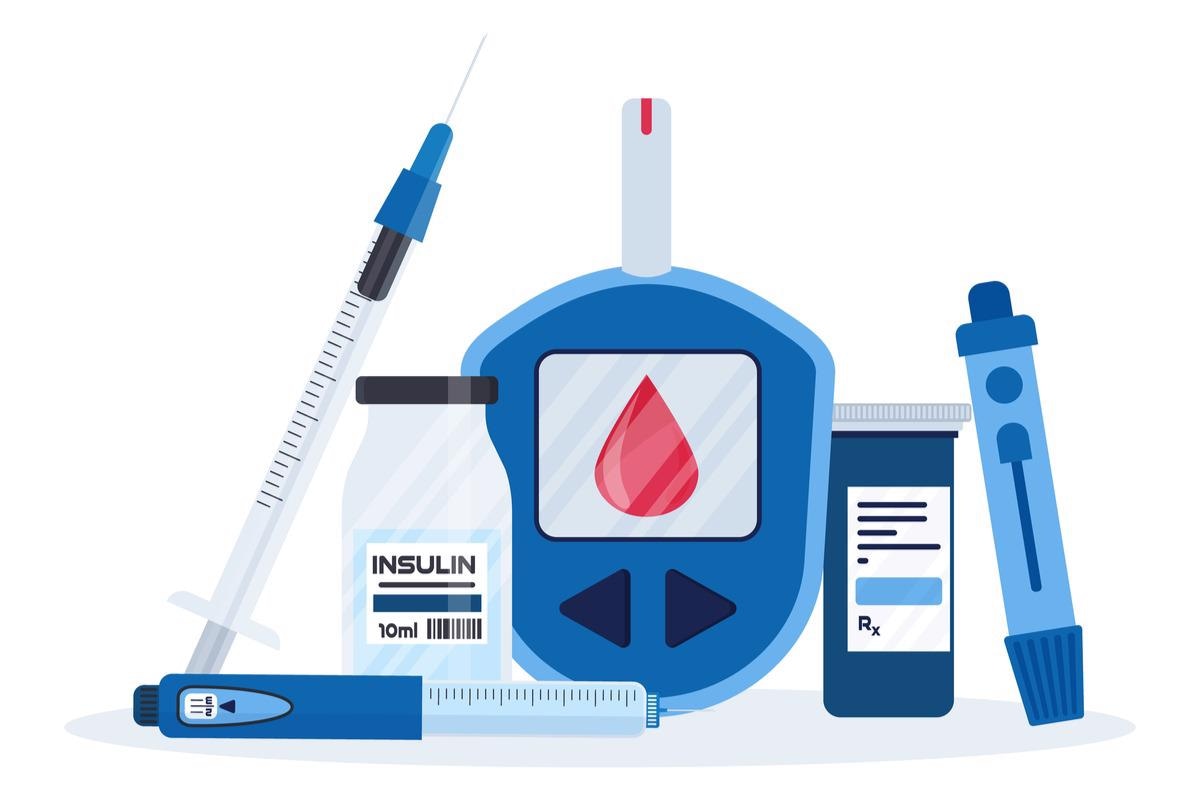In a recent study published in the American Journal of Obstetrics and Gynecology, researchers reported that gestational diabetes mellitus (GDM) and obesity were associated with severe coronavirus disease 2019 (COVID-19).
 Study: Gestational diabetes mellitus and COVID-19: results from the CRONOS study. Image Credit: Svetolk/Shutterstock
Study: Gestational diabetes mellitus and COVID-19: results from the CRONOS study. Image Credit: Svetolk/Shutterstock
Background
Pregnancy has been considered a risk factor for a severe course of COVID-19, with pre-existing comorbidities like obesity and DM negatively affecting pregnancy outcomes. Pre-existing DM is a chronic disease while GDM usually resolves after delivery, and GDM with insulin requirement is thought to have a more severe course.
The etiologic agent of COVID-19, severe acute respiratory syndrome coronavirus-2 (SARS-CoV-2), enters host cells by attaching to their angiotensin-converting enzyme 2 (ACE2) receptors. Moreover, in DM, SARS-CoV-2 entry might be facilitated by increased ACE2 production by hyperinsulinemia.
In-hospital hyperglycemia and inflammation in non-pregnant COVID-19 patients are independently associated with severe outcomes. GDM is one of the most common complications during pregnancy, with a prevalence of 7.8% in Europe and 12.4% globally. As such, the role of GDM in pregnant COVID-19 patients is less known.
About the study
Researchers evaluated GDM diagnosis and treatment in the current study by utilizing data from the hospital-based registry study, the COVID-19 obstetric and neonatal outcome study (CRONOS). Only in-patient women with a confirmed SARS-CoV-2 infection were included, and all were non-vaccinated before COVID-19. Data of more than 2800 cases between April 3, 2020, and August 24, 2021, were extracted. Those excluded from the final analysis were SARS-CoV-2-positive patients without associated symptoms.
The authors defined GDM as per the criteria of the International Diabetes in Pregnancy Study Groups. A Body-mass index (BMI) of 18.5 kg/m2 or lower was categorized as underweight; 18.5 – 24.9 kg/m2 normal; 25 kg/m2 or above overweight and obese if greater than 30 kg/m2. Pregnant COVID-19 patients with GDM were defined as cases, and those without DM or GDM were controls. The combined primary maternal endpoint was defined as admission to the intensive care unit (ICU) and mortality, viral pneumonia, and oxygen supplementation.
The combined primary neonatal/fetal endpoint was defined as a stillbirth at 24 weeks or more of gestation, neonatal death in seven days postpartum, and admission to neonatal ICU (NICU). The association of GDM with the defined maternal and fetal endpoints was examined using BMI-adjusted logistic regression models (model 1). In another model, the association of BMI and GDM with the defined endpoints was assessed in four classes (model 2). Lastly, subjects were classified into six subgroups based on insulin requirement (model 3).
Findings
The final cohort included 1490 symptomatic COVID-19 patients, of which 140 subjects (9.4%) had GDM. Around 43% of patients were treated with insulin for GDM. The likelihood of developing the primary maternal endpoint was similar in those with or without GDM/DM in the whole sample. On the other hand, women with BMI above normal levels had higher odds for the primary maternal endpoint.
The authors found that GDM was associated with 2.69-times higher odds for the maternal endpoint. Obese and overweight women undergoing insulin therapy for GDM showed the highest odds for the maternal endpoint. Women with a contemporary diagnosis of GDM and COVID-19 showed significantly higher maternal endpoint incidence (19.6%) than those with COVID-19 before GDM diagnosis (5.6%).
In the overall sample (model 1), there was no difference in developing primary neonatal/fetal endpoint between offspring of women with GDM and those without DM/GDM. In contrast, elevated maternal BMI increased the risk of developing combined fetal/neonatal endpoint by 80%. Offspring of obese/overweight women with GDM or without GDM showed an 83% and 91% risk increment for combined neonatal/fetal endpoint compared to mothers with normal BMI and no DM/GDM.
Additionally, a subgroup analysis was performed for women with GDM to investigate the association of plasma glucose levels from oral glucose tolerance test at GDM diagnosis with combined endpoints using logistic regression analysis adjusted for potential confounders. The authors found an independent association of higher glucose levels after two hours with increased odds of developing a combined primary maternal endpoint. Further, fasting glucose levels were independently associated with combined primary neonatal/fetal endpoint.
Conclusions
To summarize the findings, pregnant women with GDM and COVID-19 experienced severe COVID-19 outcomes if periconceptionally obese/overweight or if they took insulin. Moreover, adverse maternal outcomes were frequent when the diagnosis of GDM and COVID-19 was concurrent.
In normal or underweight COVID-19 patients, GDM (regardless of insulin therapy) did not affect COVID-19 severity. The clinical course of COVID-19 was adversely affected only in obese/overweight women with or without GDM. These observations indicated that pregnant women with GDM and BMI > 25 kg/m2 represent a vulnerable group for COVID-19.